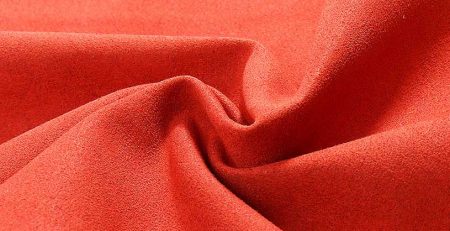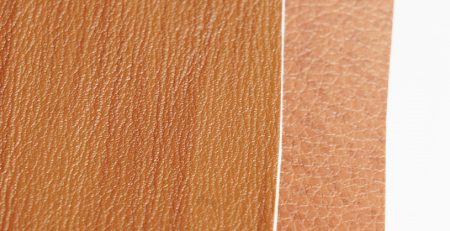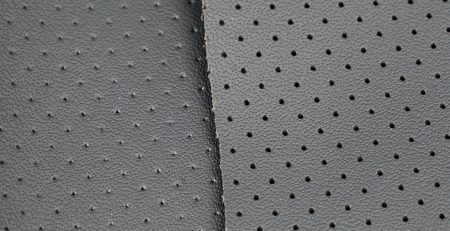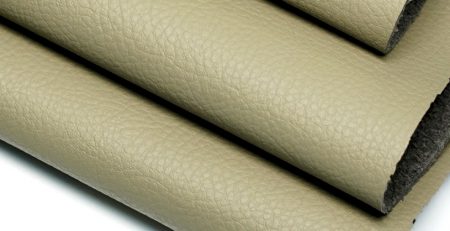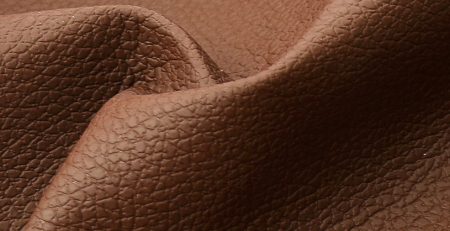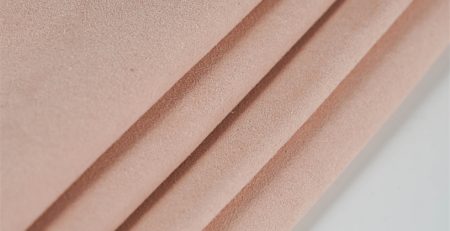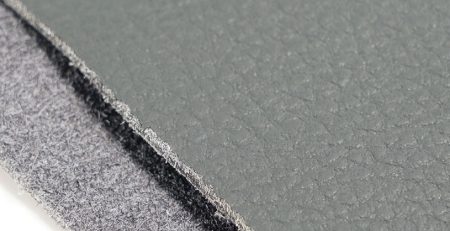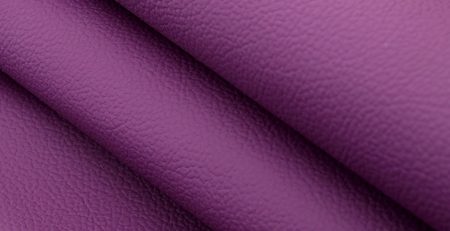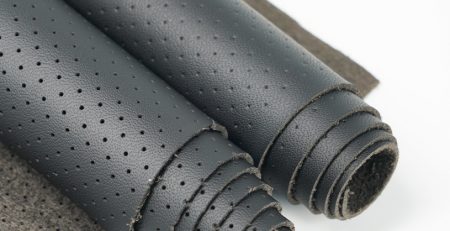- What are the properties of silicone leather?
Silicone leather is a popular material that has become increasingly popular in the world of fashion and interior design. Its unique properties make it an attractive option for many different applications. Here are some of the key properties of silicone leather:
1. Durability: One of the most important properties of silicone leather is its durability. It is designed to withstand wear and tear, making it a long-lasting material that can be used for a wide range of applications.
2. Water resistance: Silicone leather is also highly water-resistant, making it an excellent choice for outdoor applications or items that may come into contact with liquids. This property also makes it easy to clean and maintain.
3. Flexibility: Silicone leather is highly flexible and can be easily molded into different shapes and designs. This makes it an ideal material for the creation of a variety of products, including shoes, bags, and upholstery.
4. Softness: Silicone leather has a soft, smooth texture that feels comfortable against the skin. This property makes it a popular choice for clothing and accessories.
5. Resistance to fading: Unlike natural leather, silicone leather is highly resistant to fading. This means that it will maintain its vibrant color over time, even with regular use.
Overall, silicone leather is a versatile and durable material that offers a range of benefits. With its many properties, it is an excellent choice for a range of products, from fashion accessories to furniture upholstery.
- Is silicone better than leather?
Silicone and leather are two popular materials used in various products, from phone cases to watches. While both have their benefits, silicone has some advantages over leather.
Firstly, silicone is much more resistant to water and moisture than leather. This makes it an excellent choice for products that are exposed to wet conditions, such as waterproof phone cases or swimwear. Unlike leather, silicone can be easily wiped down and cleaned without becoming damaged.
Another advantage of silicone is that it is more durable than leather. Leather can wear out over time, becoming cracked and faded. Silicone, on the other hand, is more resistant to wear and tear and will maintain its shape and color for longer periods of time.
Silicone is also an excellent choice for people with allergies or sensitive skin. It is hypoallergenic, meaning it is less likely to cause skin irritation or allergic reactions. Additionally, unlike leather, silicone does not require any chemicals or treatments to be made, making it a more eco-friendly choice.
Overall, while leather has its own unique beauty and charm, silicone offers a range of benefits that make it a superior choice in certain situations. From its water resistance, durability, to hypoallergenic nature, silicone is a great alternative to leather for those looking for practical, functional, and eco-friendly materials.
- Is silicone perfect for car interiors?
Silicone is a versatile material that has become increasingly popular in car interior design. It has many advantages that make it perfect for car interiors and has revolutionized the way car interiors are produced. Here are some reasons why silicone is perfect for car interiors.
Firstly, silicone is waterproof, which means it is highly resistant to water and moisture. This makes it perfect for use in car interiors as it makes it easy to clean up any spills or stains. As we all know, cars are susceptible to water damage, especially during rainy seasons, and using silicone in car interiors helps to protect them from being damaged by water. This makes it much easier to keep car interiors clean and tidy.
Secondly, silicone is extremely durable. It is highly resistant to wear and tear, which makes it the ideal material for use in car interiors. This is because car interiors are subject to a lot of wear and tear due to constant use. The use of silicone ensures that car interiors remain in good condition for a much longer period, reducing the need for repairs or replacement.
Silicone is also a flexible material. This makes it perfect for use in car interiors, where it can be molded to fit any shape or design. This flexibility makes it easier to incorporate different design elements into car interiors. Designers can use silicone to create unique and interesting shapes and designs that enhance the overall appearance of the car interior.
Lastly, silicone is a hypoallergenic material, which means it does not cause allergic reactions or harm to human health. This makes it perfect for use in car interiors as it ensures that passengers are comfortable and safe while riding in the car. The use of silicone also reduces the risk of bacterial growth and the spread of germs in car interiors.
In conclusion, silicone is a perfect material for car interiors for many reasons. It is waterproof, durable, flexible, and hypoallergenic, making it ideal for use in cars. Its use has revolutionized the way car interiors are produced and has ensured that car interiors remain in good condition for a longer period. So, if you are looking for a perfect material for your car interiors, then silicone is the way to go.

- Silicone vs PVC & PU
Silicone, PVC, and PU are three commonly used materials in various industries. Each material has its own unique properties and benefits.
Silicone is a highly versatile material that can be used in a wide variety of applications. It is known for its exceptional heat resistance, durability, and flexibility. Silicone is also resistant to water, chemicals, and UV radiation, making it ideal for outdoor use. Medical devices, kitchen utensils, and baby products often use silicone due to its safety and non-toxic properties.
PVC, or polyvinyl chloride, is a synthetic plastic material that is widely used in construction, electrical, and plumbing industries. PVC is lightweight, durable, and cost-effective. It is also resistant to chemicals, weathering, and moisture. Additionally, PVC is known for its ease of processing, low thermal conductivity, and recyclability.
PU, or polyurethane, is a synthetic polymer that offers exceptional durability, strength, and flexibility. It is often used in the automotive, furniture, and footwear industries due to its ability to mimic the look and feel of leather. PU is also resistant to water, chemicals, and abrasions, making it a popular choice for outdoor applications such as boat covers and tents.
Overall, each of these materials has its own unique benefits and uses. Whether you need a material that is flexible, durable, or resistant to environmental factors, silicone, PVC, and PU are all excellent choices. By understanding the properties of these materials, you can select the best one for your specific needs and enjoy the benefits of their versatility and durability.


